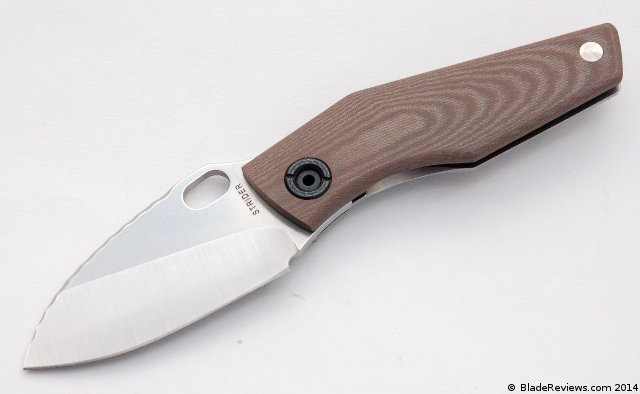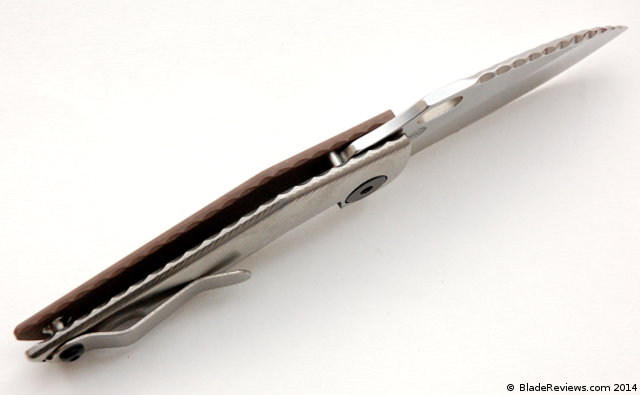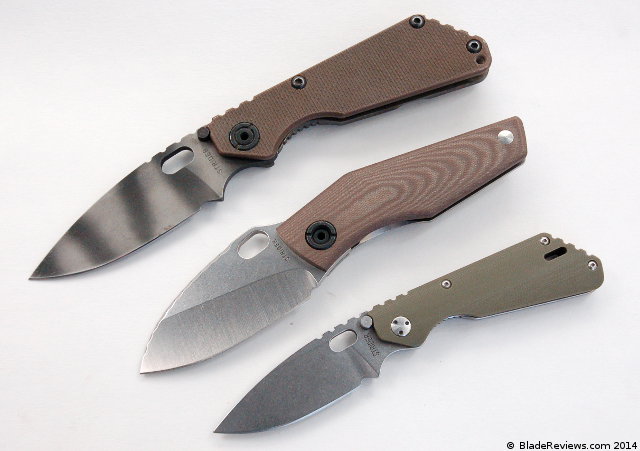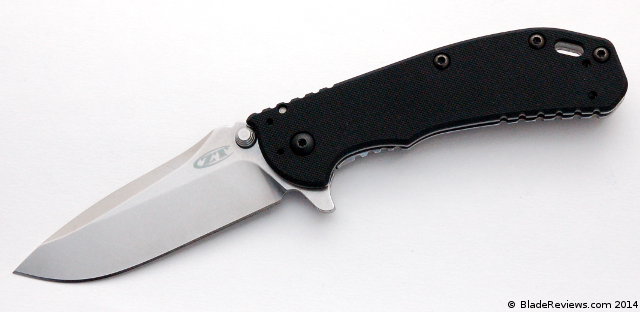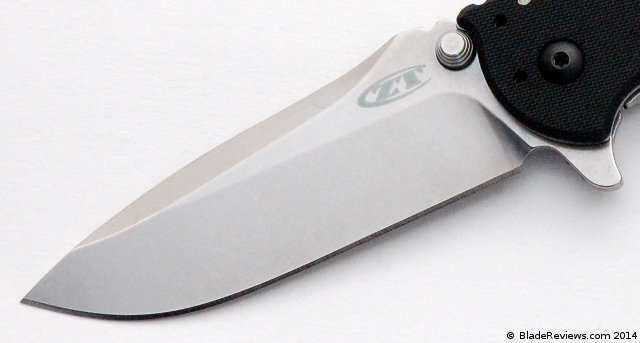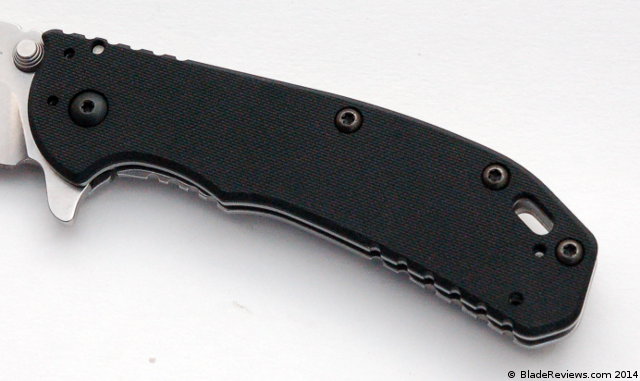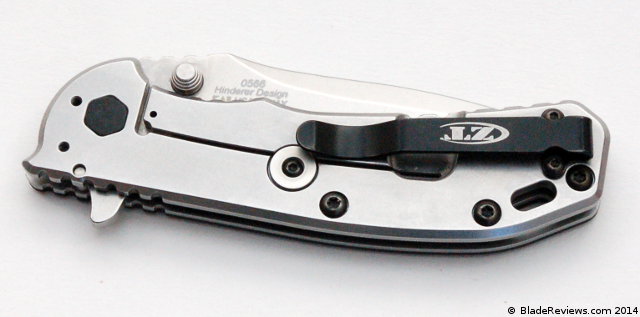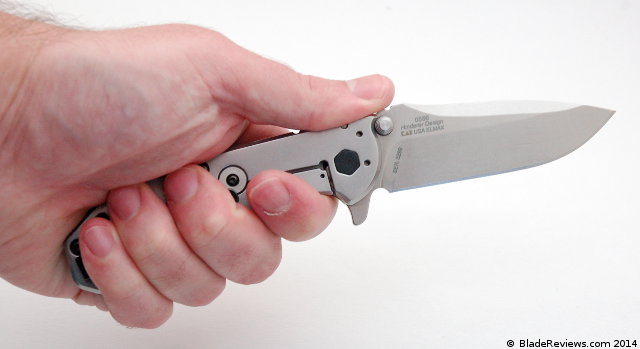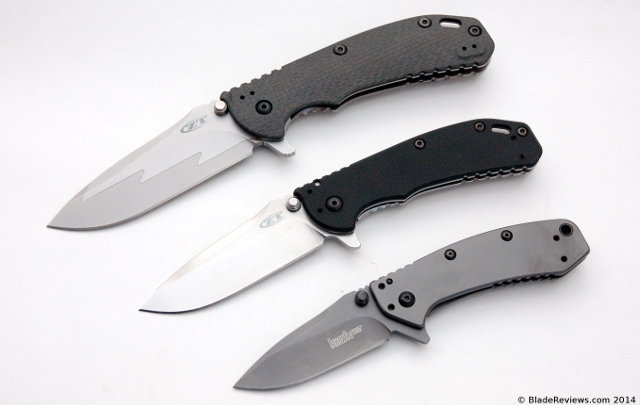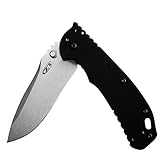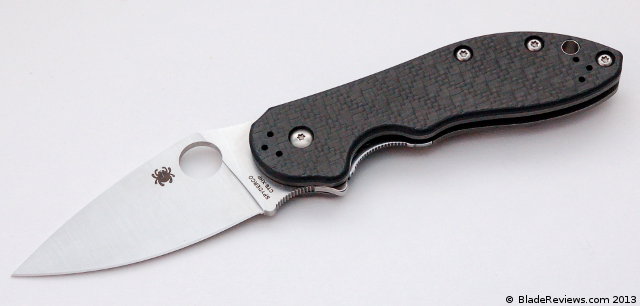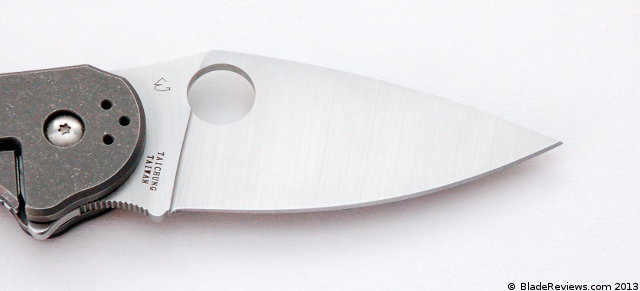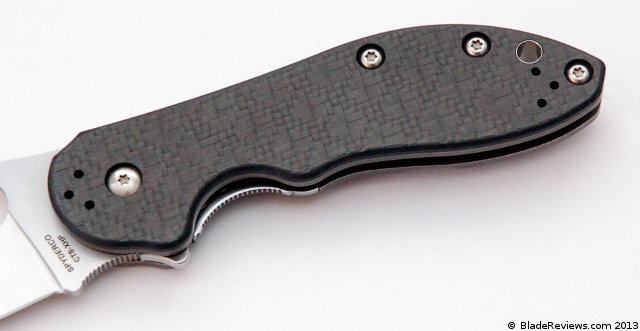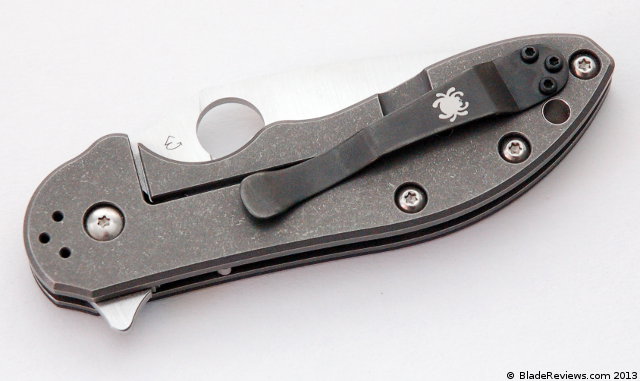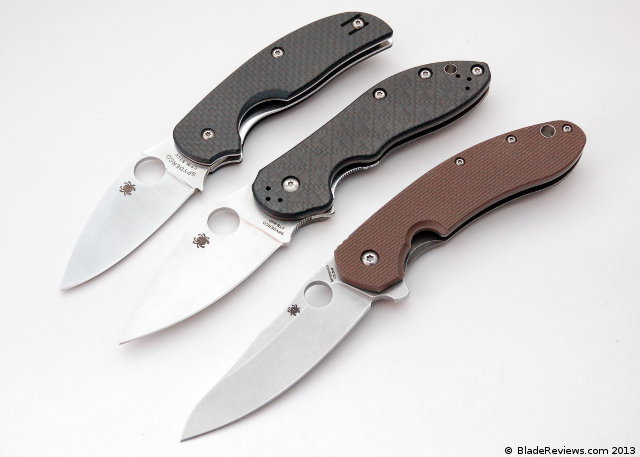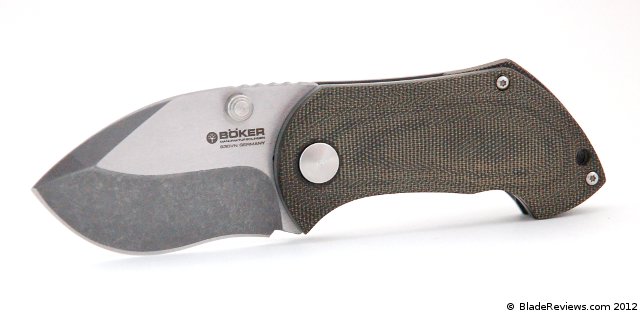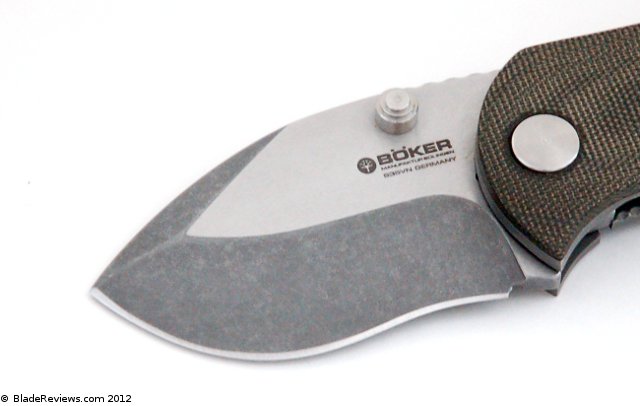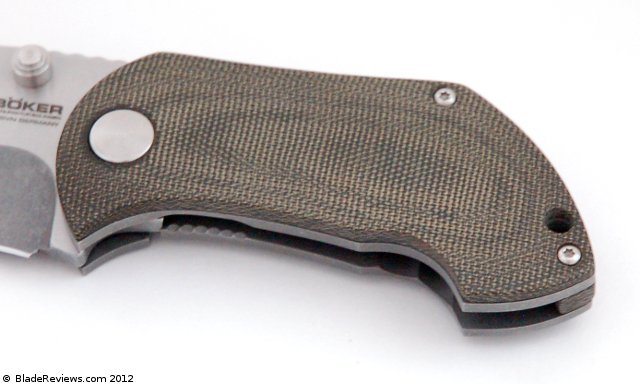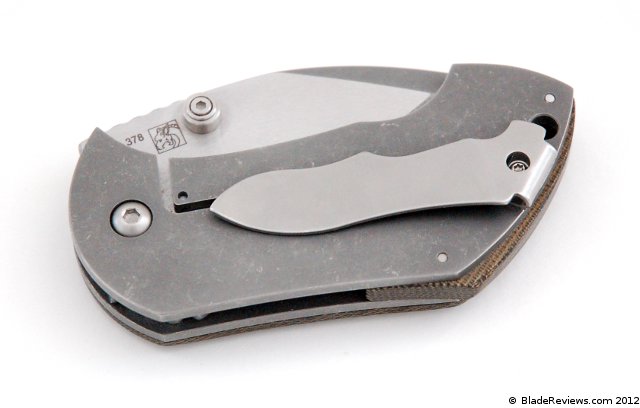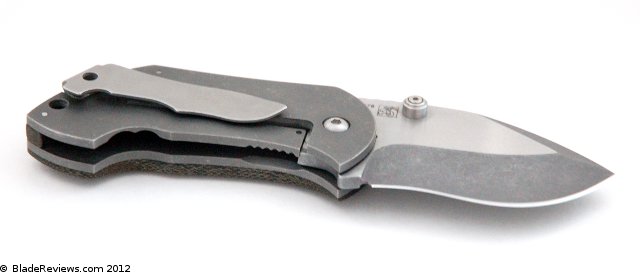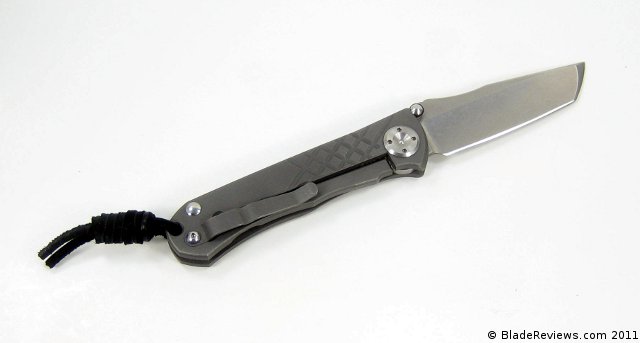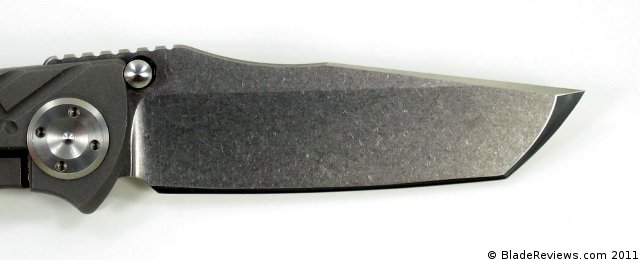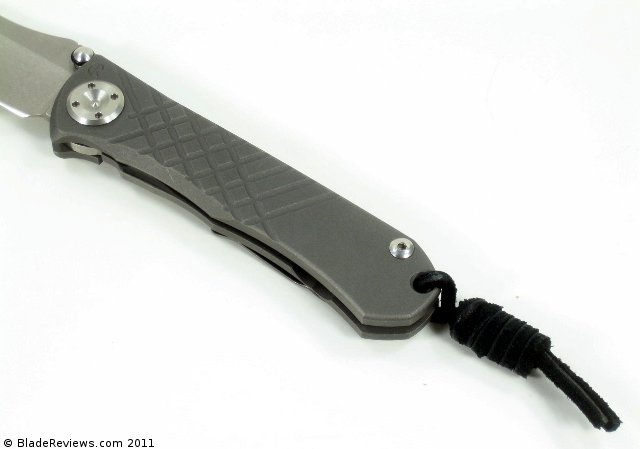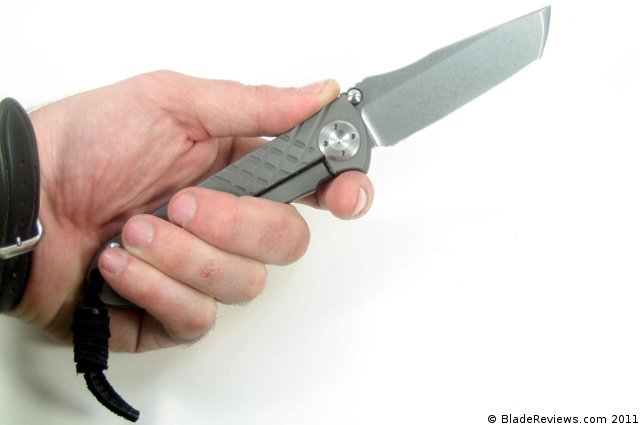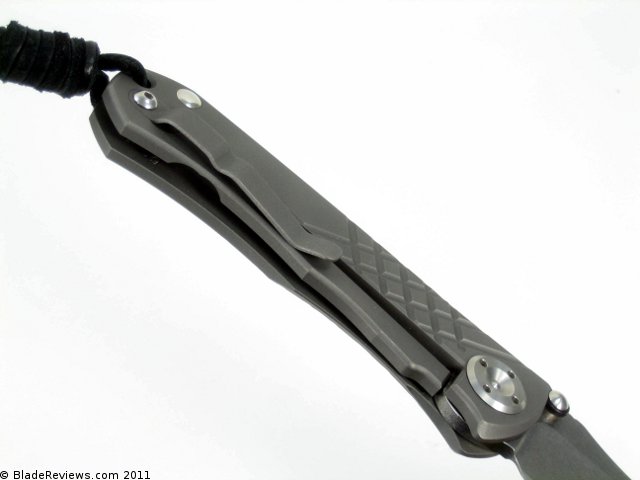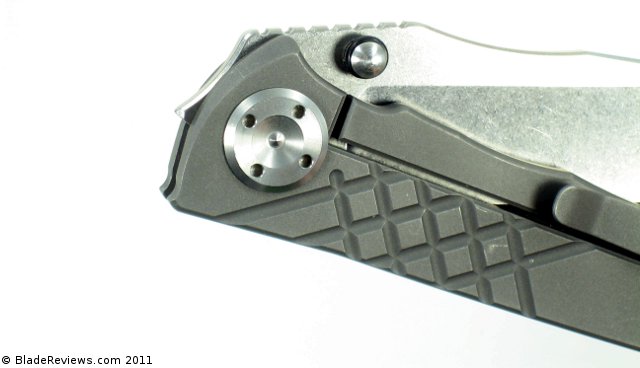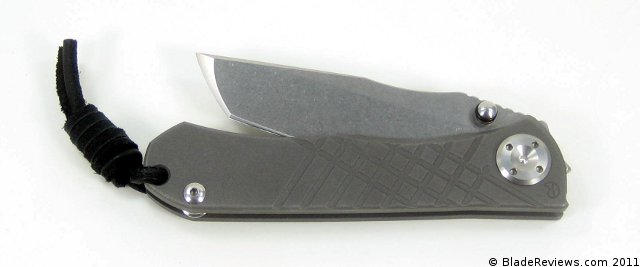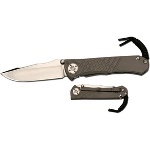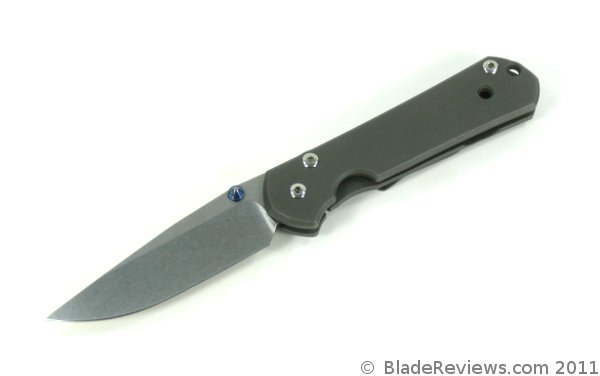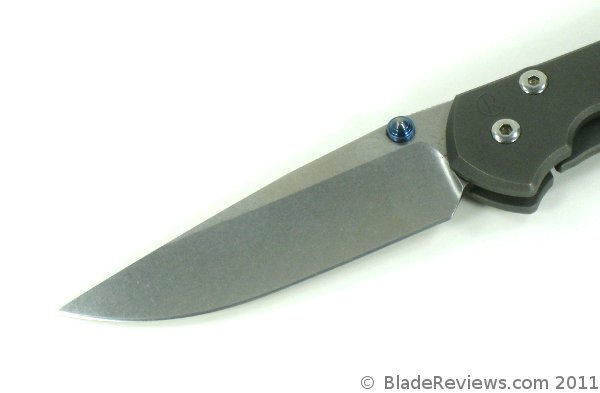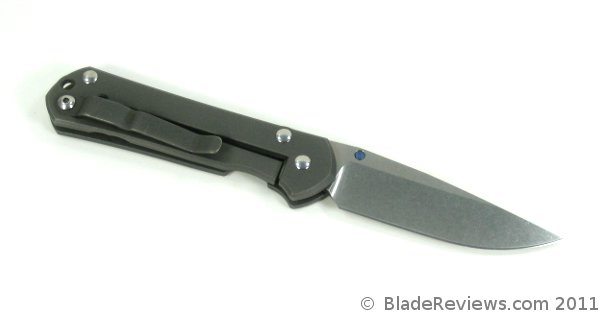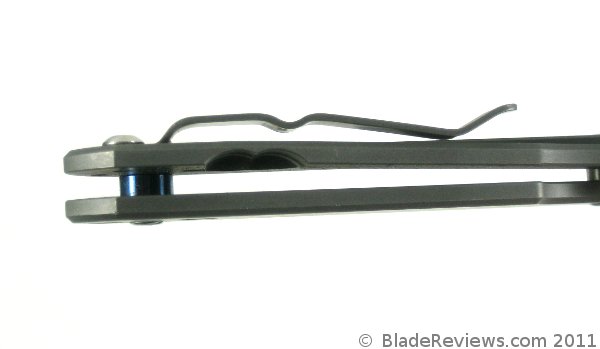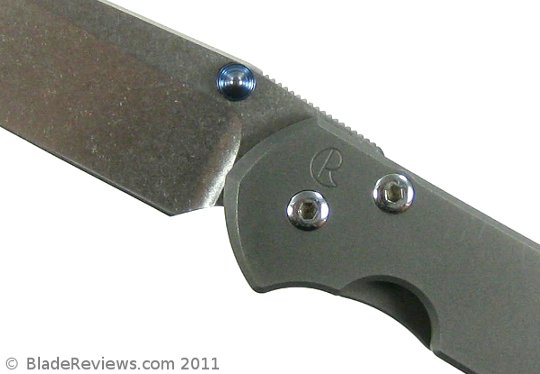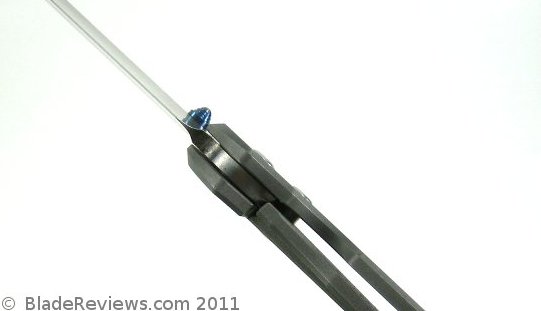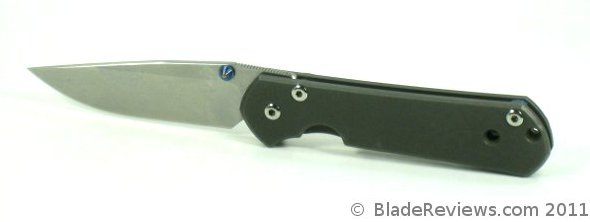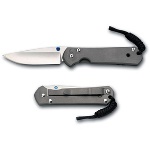I have come to really enjoy my Strider SnG. Perhaps its because I won it in a contest, and therefore, had no qualms about carrying and beating the crap out of it. Regardless, it is a knife I have really enjoyed. But honestly, if my money was on the table, I’m really not sure the SNG would have been the first Strider in my collection. I have enjoyed the classic Strider look, but something really spoke to me about the refined lines and deep hollow grind of the SJ-75, and I always thought it would be my first Strider. Oddly, it’s my third, purchased after experiencing both the SnG and the PT. But under different circumstances it probably wouldn’t have been that way, and I think in the eyes of many collectors I’m not alone.
Strider really created something different with the SJ-75, and it merits further consideration…
General Dimensions and Blade Details
The SJ-75 has an overall length of 7.125″, sports a 3″ blade, and weighs 3.8 ounces. Strider describes this as the bridge in their lineup between the SnG and PT, but I’d say it’s more akin to the SnG than anything. The knife is definitely more compact than the SnG, but the cutting edge is pretty much the same length. It can make for a nice EDC and compares favorably in length to my Sage 1, which as you may be aware is my self-described “perfect EDC.”
The leaf shaped blade of the SJ-75 features a very prominent slanting hollow grind. It’s a neat look and an interesting departure from the flat chunky grinds found on both my PT and SnG. Apparently, some of the very first SJ-75’s were hand ground by Mick Strider himself. I bought my knife used, so I have no idea if it has been hand ground (or even what steel the blade is), but I am a big fan of the deep lean grind and the lustrous satin/tumbled finish that the entire blade has been given. I will say that I am not as crazy about the decorative file work that has been applied to the spine of the knife. I think the filework looks busy, and is something I would have left out if it were my design.
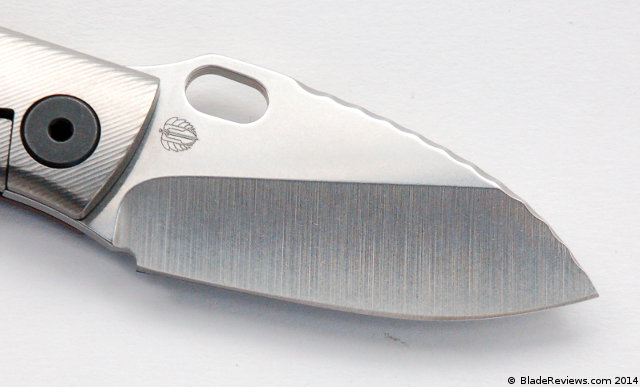
Steel choices seem to range on this model from 154CM to S35VN. There may be other offerings in the mix, special editions and whatnot, but tried and true 154CM and S35VN make up the majority. This is a good thing, as I like both blade steels, and Strider’s heat treats have proven themselves capable many times over. Again, I don’t really know what blade steel my particular knife has, but it’s stainless, holds a nice edge, and sharpens easily enough. Beyond that I really don’t care.
I ran my SJ-75 through the usual battery of tests and it performed really well. My SnG and PT, while fun knives to carry and admire, aren’t particularly keen slicers. The SJ-75 on the other hand positively zips through materials. I crunched cord, carved cardboard, and worked my way through several pieces of wood. The deep hollow grind is a significant improvement over the blocky flat grinds of my other Strider knives. And at the end of the day I was able to restore my edge with a few licks on a loaded strop. This, my friends, is how a $400 knife should cut.
Handle, Ergonomics, and Pocket Clip
The handle of the SJ-75 is an angular affair of G10 and titanium. Compared to my SnG, it looks like they took the fit and finish up a notch. It shares the same hardware, but the the edges have all been nicely chamfered, the lock bar is precision cut, and the handle pieces are suspended between a pivot and a single spacer; the ultimate flow through design. Again you find the filework on the back of the handle slabs, which is something I could live without. Aside from that I’ve got no complaints with the handle.
The G10 and titanium are both smooth. There is fine lined texture on the TI while the layers on the G10 show side exhibit depth like a piece of wood. The result is a handle that is visually interesting without being uncomfortable and obnoxious. The handle slabs have been “CC’d” to melt in the palm, and the absence of atrocious jimping, is noted and appreciated. This is a stout knife, but there is plenty of room even in larger hands for 4 fingers, and the humpback handle rests comfortable in the crook of your palm.
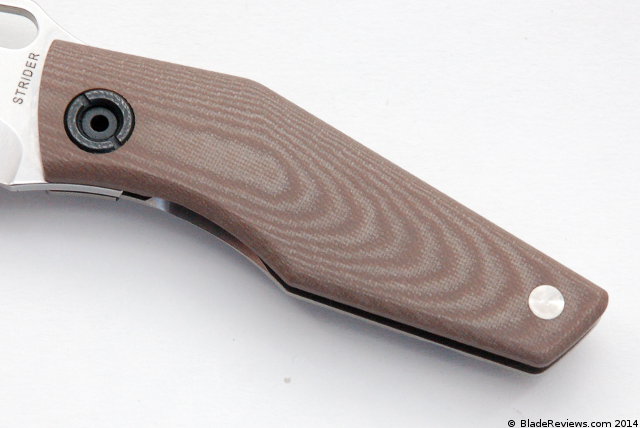
The pocket clip is classic Strider, and has been lifted off their other models. It’s right side tip up carry only, and the combination of a single screw and and slotted handle keeps it firmly in place. This isn’t the ultimate deep carry pocketknife, but they mounted the clip about as deep as they could. There is just enough poking out to easily grab the knife, yet it remains reasonably discrete and very secure.
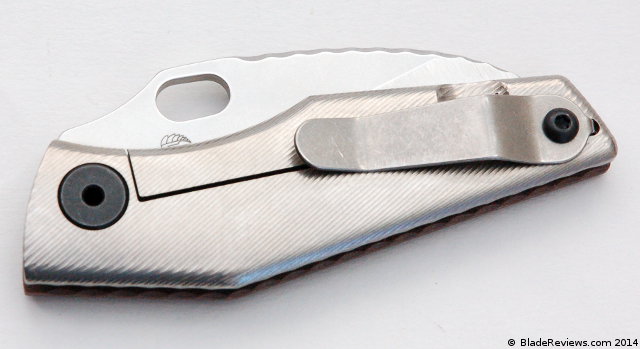
Deployment and Lockup
For deployment you have Strider’s ubiquitous oval thumb hole, and it’s positioned high on the handle for easy access. The knife isn’t as smooth and easy to open as my SnG, maybe due to the tighter tolerances or lighter blade, but the knife still opens purposefully with the brush of a thumb. Strider went for large phosphor washers giving the knife smooth and purposeful action. They are only going to get smoother as the knife continues to break in.
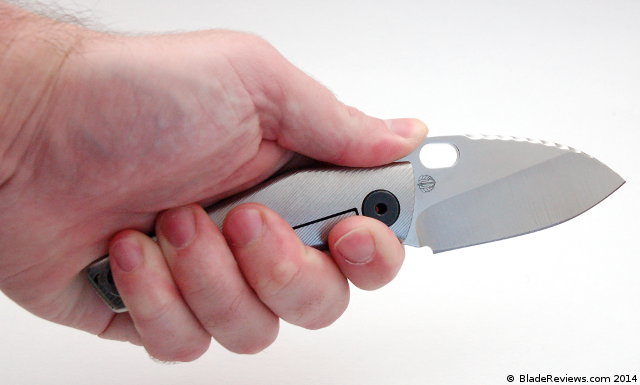
The 3-D machined titanium is deceptively thick, and makes for a substantial frame and lockbar. My knife locks up around 40% and it is extremely tight. There is not even a hint of play in any direction and no stick whatsoever. Strider has had plenty of chances to refine their titanium framelocks, and the result here is highly refined.
Strider SJ-75 Review – Final Thoughts
The SJ-75 may very well be the Strider for guys who don’t like Striders. Compared to the overbuilt SnG and SMF, the SJ is practically a gentleman’s folder. What is impressive to me is the high level of fit and finish. Strider, much like Emerson, has earned a reputation of creating knives that are slightly imperfect users, but this is a knife that is extremely well made and meticulously finished. The reasonable size and weight and a practical grind means this is arguably their best EDC offering yet.
If I could change anything I’d do something about the file work on the inside of the handles and on the spine of the blade. Sometimes less is more, and I think now would be one of those times. Aside from that it’s a great knife, provided, of course, you can overcome the $400.00 price tag. Whether you want an upscale EDC or something for the collection, the SJ-75 is worthy of your attention.
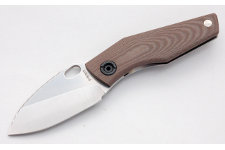
Strider SJ-75 – From $400.00
From: BladeHQ
I recommend purchasing the Strider SJ-75 at BladeHQ. Please consider that purchasing anything through any of the links on this website helps support BladeReviews.com, and keeps the site going. As always, any and all support is greatly appreciated. Thank you very much.
